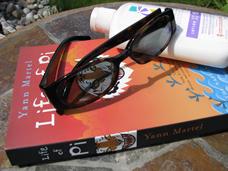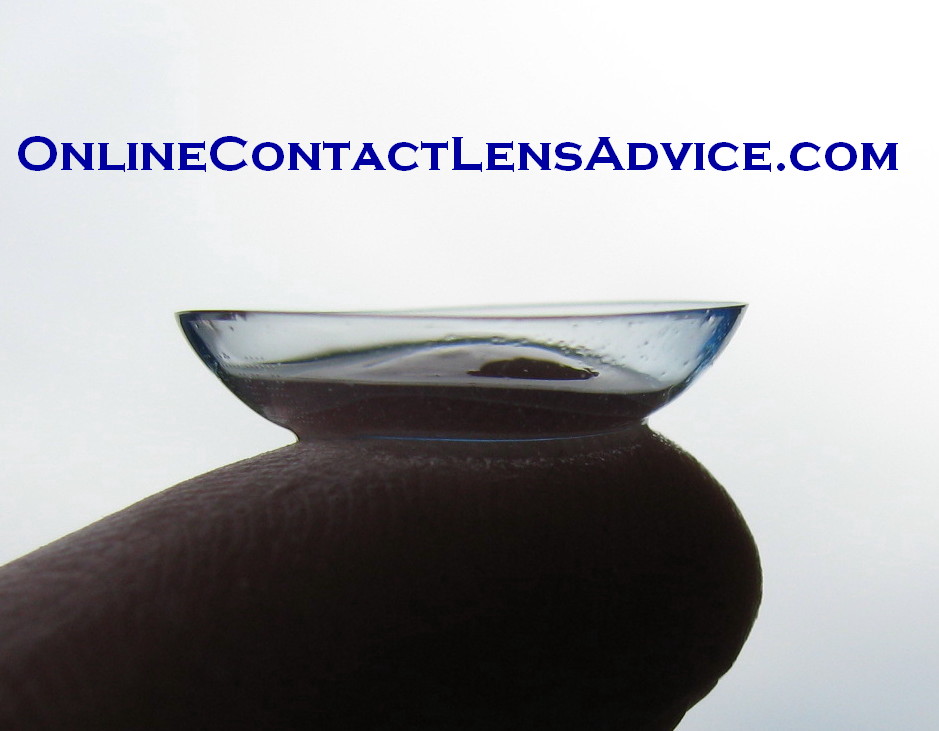- Home
- Eyeglasses
- Sunglasses
Sunglasses: A Must For Contact Lens Wearers

These days, most people know that when they are out in the sunlight, they need to wear sunscreen to protect themselves from sunburns and premature aging of the skin. However, not as many people are aware that our eyes need just as much protection from UV rays from sunlight. Even if the sun is not out, and it's cloudy outside, there is still UV light penetrating those clouds.
Sunglasses and contact lenses are a must together, especially when the UV rays are at their strongest. Sunglasses are not just a fashion accessory! They are an important health accessory that can prevent a number of eye problems.
UV rays have been known to be responsible for eye health problems such as:
- Cataracts
- Skin cancer
- Pinguecula and pterigium
- Snow blindness
Cataracts
Cataracts can be age related, or due to some other cause such as an injury to the eye. But chronic UV exposure can also be a cause of cataracts, such as from sunlight or tanning beds. This exposure is easily greatly reduced by simply using sunglasses every time you are outside in the sunlight. And if you use a tanning bed, don't ever use it without protective goggles.
Skin Cancer
Just as you can get skin cancer anywhere on your body, the skin around your eyes is equally vulnerable to the damage UV rays can cause. A pair of good sunglasses protects all areas around your eye, and greatly reduces your chances of getting skin cancer in this area. Since good tinted lenses protect you from UV rays, they can also help prevent premature aging of the skin such as wrinkles.
Pinguecula and Pterigium
While these sound like some kind of weird disease, they are simply non cancerous growths of the eye. They are most common in hot, dry climates. They typically grow on the white of the eye just past the cornea. Pinguecula are confined to the white of the eye outside of the cornea, while pterigium extend onto the cornea, and can interfere with vision. Both can be safely surgically removed, but it is usually only performed if a pterigium is interfering with vision.Both can be safely surgically removed, but it is usually only performed if a pterigium is interfering with vision.
Snow Blindness
Snow blindness is basically a sunburn to the eye. When you are in an environment where there is snow, and sunshine, and especially if you are at a higher altitude (such as if you are skiing or snowmobiling), then there is a greater risk of snow blindness if you do not have protection from UV rays.
Contact Lenses With UV Protection
There are a number of contact lenses that include UV blocking properties in the material that they are made from.
A few examples of these lenses are:
- Acuvue Oasys
- 1 Day Acuvue Moist and TruEye
- Biomedics
- Encore 100
While UV blocking contact lenses are a great additional protection from the dangers of UV light, it is important to note that they are not a substitute for sunglasses. Since contact lenses only cover a small portion of the eye (the cornea), the rest of the eye and surrounding area are still exposed. So please do not assume that you are fully protected with only UV blocking contact lenses; you also need protection for the rest of your eye.
Search this site:

New! Comments
Have your say about what you just read! Leave me a comment in the box below.